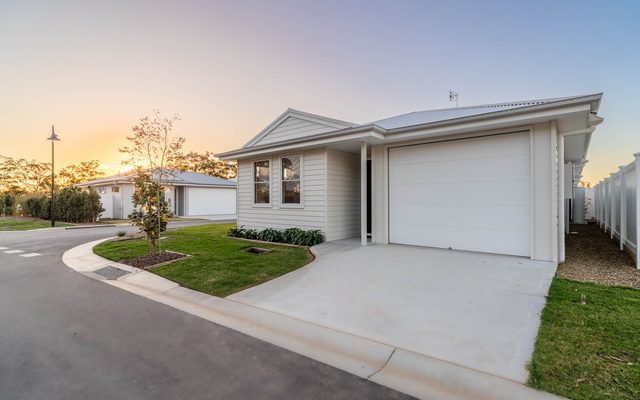This article is from the Australian Property Journal archive
REFINANCING activity moderated across Australia in the March quarter, but there was a robust recovery in property settlements as the market was helped by stable interest rates, a strong labour market and decreasing inflation.
PEXA Group’s latest Property and Mortgage Insights data showed the five mainland states recorded significant property sales activity in the period. Queensland topped the list at 43,084 settlements, followed closely by NSW and Victoria, with NSW showing the strongest annual growth in sales volumes at 10.9% year-on-year.
Overall, there were 154,700 property settlements across the five mainland states, up 6.5% compared to the same period last year.
Melbourne growth corridor suburbs dominated the list of top postcodes for residential sale settlements in the March quarter. Tarneit, in the west, recorded 1,192, followed by Craigieburn in the north with 913, then south-east pair Cranbourne East (705) and Clyde North (657), and Point Cook in the west (629).
Elsewhere, Queensland was led by Newtown (739), Andergrove (678), and Urangan (622), while Bankstown (571), Marsden Park (538) and Macquarie Park (468) led NSW. Halls Head (832) and Pira Waters (530) topped Western Australia, and Andrews Farm (232) and Adelaide (205) led South Australia.
The total value of property transactions was $150.6 billion, up by 17.2% from the same quarter a year earlier. NSW led in total sales value at $54.5 billion.
PEXA Group’s chief economist Julie Toth, said despite high inflation and interest rate pressures in 2023, property sales volumes recovered relatively quickly and have remained buoyant, indicating strong market demand fundamentals and buyer confidence.
“Our latest data indicates a resilient property market that is gaining momentum despite the challenges of high inflation and interest rate pressures.”
The total value of refinanced properties was $45.0 billion, with NSW again leading at $17.4 billion.
Toth said the moderation in refinancing activity was expected following the earlier peak that had been driven by fixed-rate loan expirations.
“Stable interest rates, solid employment and falling inflation are supporting demand for housing and suggest a positive outlook for the remainder of 2024.”
The 17.1% quarter-on-quarter decline in new loans from the previous quarter was partly a seasonal effect, compounded by a higher-than-usual number of public holidays due to an early Easter – but year-on-year figures pointed more directly to a market recovery. The 113,336 new loans in the March 2024 quarter was 8.9% higher than the previous year.
Queensland led the nation with 29,831 residential new loans, followed by Victoria and NSW.
Queensland saw the highest growth in median loan values, with a 13.5% increase in Greater Brisbane and 8.9% in regional areas. Refinancing peaked in September of 2023 due to the expiration of an unusually large number of fixed-rate loans that had commenced during 2020 and 2021. The current moderation – there were 81,614 refinances completed in the March quarter is aligned with historical trends and reflects a return to more typical levels of activity, according to PEXA.
“The expiration of a large volume of fixed-rate loans, along with the cessation of refinancing incentives by lenders, has led to a notable slowdown in refinancing activity. From here, the stable cash rate at 4.35% since November 2023 is likely to support an increase in new mortgage issuances as the year progresses,” Toth said.
Commercial sale settlement volumes were down seasonally. Victoria recorded 2,272 settlements, followed by Queensland (2,104) and NSW (1,852).
By value, commercial sale settlements were down over the quarter but higher annually. NSW spent $7.5 billion on commercial property in the quarter, followed by Victoria at $5.9 billion, and Queensland at $5.0 billion.




